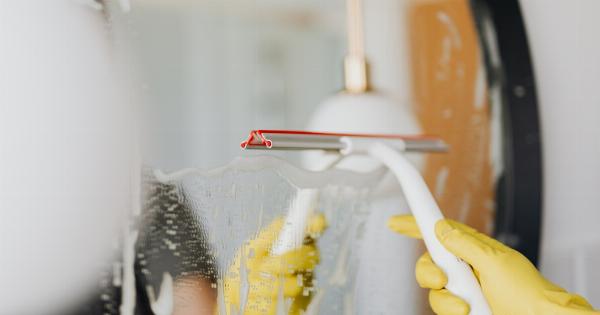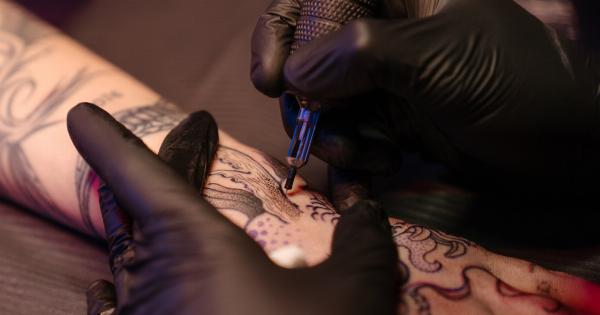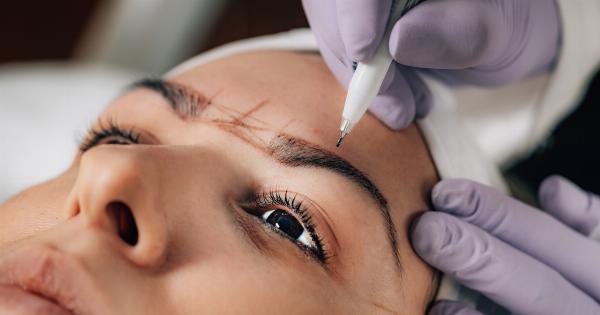Tattoos have become increasingly popular over the years, with more and more people getting inked. While some people love their tattoos, others may have regrets about getting them or simply want a change.
Luckily, tattoo removal has become more accessible and less painful than ever before.
In this article, we’ll cover the basics of tattoo removal, including the different methods available, what to expect during and after the process, and some helpful tips for ensuring a successful removal.
What Are the Different Methods of Tattoo Removal?
There are several methods of tattoo removal available, each with its own advantages and disadvantages. Here are a few of the most popular methods:.
Laser Removal
Laser tattoo removal is considered the gold standard for removing tattoos. It involves using a high-powered laser to break down the ink particles in the skin. The body’s immune system then absorbs and eliminates the broken-down particles over time.
While laser removal can be effective, it can also be painful and may require multiple treatments to achieve the desired results. It’s also important to note that laser removal is generally more expensive than other methods.
Surgical Removal
Surgical removal, also known as excision, involves cutting out the tattooed skin and stitching the remaining skin back together. This method is typically reserved for small tattoos and is not recommended for larger pieces.
While surgical removal can be effective, it can also leave a scar and may require a longer recovery time than other methods.
Topical Creams
Topical creams can be used to fade or remove tattoos. These creams work by breaking down the ink particles in the skin.
While they may be a good option for some people, they’re generally not as effective as other methods and may take longer to achieve results.
What Should You Expect During and After the Tattoo Removal Process?
Before undergoing any tattoo removal treatment, it’s important to have a consultation with a qualified professional to discuss your options and what to expect during and after the process.
During the Process
During the tattoo removal process, you can expect some discomfort and possibly some pain. The level of pain you experience will depend on the method used, the size and location of the tattoo, and your pain tolerance.
For laser removal, a topical anesthesia may be applied to the skin before the procedure to help minimize pain. You may also be given a cooling device or ice pack to help soothe the skin afterward.
After the Process
After the tattoo removal process, you can expect some redness and swelling in the treated area. You may also experience some blistering, scabbing, or crusting of the skin.
It’s important to follow your doctor’s instructions for care and aftercare to ensure a successful removal and minimize the risk of complications.
Helpful Tips for Successful Tattoo Removal
Here are some helpful tips for ensuring a successful tattoo removal:.
Choose a Qualified Professional
When it comes to tattoo removal, it’s important to choose a qualified professional with experience in the specific method you’re interested in.
Ask for references and before-and-after photos to ensure you’re getting the best possible care.
Be Patient
Tattoo removal can be a lengthy process, especially for larger or more complex tattoos. Be patient and follow your doctor’s instructions for aftercare to ensure the best possible outcome.
Avoid Sun Exposure
During the tattoo removal process and aftercare, it’s important to avoid sun exposure as much as possible. Sun exposure can cause further damage to the skin and may interfere with the removal process.
Take Care of Your Skin
To help minimize the risk of complications and ensure a successful removal, it’s important to take good care of your skin before and after the process.
This includes keeping the area clean and dry, avoiding harsh soaps or chemicals, and using a high-quality moisturizer to soothe the skin.
Conclusion
Tattoo removal can be a great option for those who have regrets about getting inked or simply want a change.
With several methods available, each with its own advantages and disadvantages, it’s important to choose a qualified professional and follow their instructions for care and aftercare to ensure a successful removal.
By following these tips and taking good care of your skin, you can say goodbye to your unwanted tattoo and start fresh with a clean slate.































